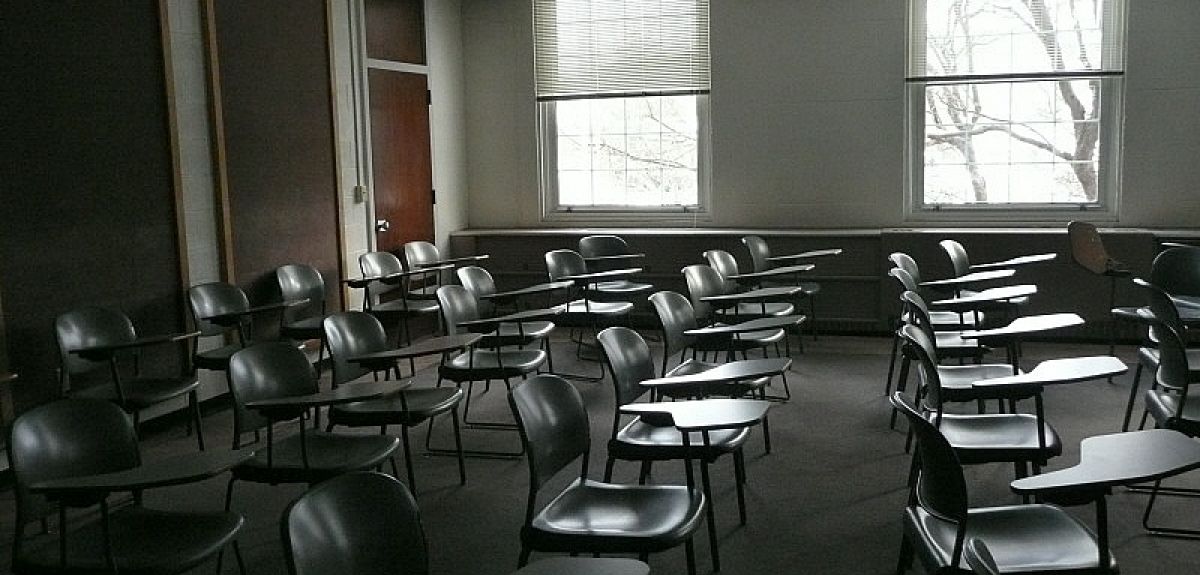
Lorianne DiSabato (Flickr)
Closing the attainment gaps
Research by the Department of Education at Oxford University shows gaps in educational achievement at age 16 have decreased substantially over the last 25 years, particularly in the attainment of different ethnic groups.
The research shows pupils from most ethnic minority groups are now on average achieving GCSE results that are as good as or better than their white British peers.
The study by Professor Steve Strand, commissioned for the Department for Education, draws on data for attainment and ethnicity between 1991 and 2013.
It shows that Indian and Chinese pupils are now pulling well ahead of their white British classmates, with Bangladeshi and Black African students improving their GCSE grades significantly and starting to do better, on average, than white British pupils. This is despite the fact that Bangladeshi and black African students are often from very socio-economically disadvantaged backgrounds.
The two lowest achieving groups are currently black Caribbean and mixed white and black Caribbean students, according to the study. Yet, again the longstanding gaps in the academic attainment of these two groups have closed substantially.
In 2004, only 24% of black Caribbean pupils achieved five or more GCSE A*-C grades or their equivalent including English and Mathematics (5EM). This was nearly half the rate for white British students (41.6%) and a gap of 17.6 percentage points. Nearly 10 years on, in 2013, this gap had narrowed to just 7.2 percentage points (53.3% vs. 60.5%).
The study shows that the ethnic gap has also reduced in relative terms. While in 2004 the black Caribbean-white British gap was twice as large as the gender gap, by 2013 it was actually smaller (7.2% points compared to a gender gap of 10.1 percentage points).
However both gaps are substantially smaller than the socio-economic gap, with only 37.9% of the most economically disadvantaged students (those from families entitled to Free School Meals) achieving 5EM compared to 64.6% of those not entitled to FSM, a gap of 26.7 percentage points.
Steve Strand, Professor of Education, commented: 'These findings show that we have to consider how ethnic factors overlap with social and economic disadvantage, and not treat them as separate dimensions. Huge strides have been made in schools in England in closing the ethnic gap in educational attainment.
'These results show what can be achieved with targeted funding, particularly the Ethnic Minority Achievement Grant that ran until 2012/2013, and the strong focus through policies, including Excellence in Cities, and programmes through the National Strategies.
'Children disadvantaged for social and economic reasons now do better at school than in the past. In the late 1980s, the chance of getting good exam grades at age 16 for students from well-off families was seven times higher than for children from less advantaged backgrounds. Now children from well-off homes are around three times more likely.
'The gap is still too large but the data shows it is possible to reduce the seemingly intractable social and economic divide. We have to hope that redistributive funding, such as the Pupil Premium Grant, can bring more progress in closing gaps that still exist.'
The report suggests that the factors explaining low educational achievement at age 16 must also include consideration of the first five years of a child’s life before their formal schooling starts. The research shows that at the age of five, the white British pupils entitled to free school meals have a lower level of development, on average, than many other ethnic groups.
Data on ethnicity and educational achievement in England from 1988 to 2006 is drawn from The Youth Cohort Study and the Longitudinal Survey of Young People in England, a series of nationally representative samples of approximately 15,000 young people shortly after they finished compulsory education at age 16. Data from 2004 to 2013 is from the National Pupil Database and covers the whole population of over 550,000 16 years olds each year.
 Oxford-built multi-agent assistant for cancer care to be piloted in collaboration with Microsoft
Oxford-built multi-agent assistant for cancer care to be piloted in collaboration with Microsoft
 Study reveals how conversational AI can exert influence over political beliefs
Study reveals how conversational AI can exert influence over political beliefs